Customer retention for a SaaS business is the most important metric that directly affects revenue, growth, and profitability. Retaining customers means you have a consistent, predictable stream of cash inflow for your software company.
If you are struggling to maintain a decent retention rate for your brand, the following list of 10 best techniques to improve SaaS customer retention rate is what you should read and follow religiously.
What is SaaS Customer Retention and Why Is It Important?
Customer retention or customer retention rate refers to the percentage of customers who stick with your business over a specific time (e.g., month, quarter, or year). It is an indication of customer loyalty as these are the customers who’ll buy multiple times from your brand.

The SaaS customer retention rate is the percentage of customers who are satisfied with your software product and continue to be subscribers. Businesses that sell software as a service have a different business model and sales funnel that looks like this:

SaaS businesses rely on subscriptions. More paying subscribers mean high revenue and customer lifetime value (CLV). Retention rate is a key metric for SaaS businesses as it indicates profitability.
Here are the major reasons that make customer retention important for SaaS companies:
- Customer retention improves SaaS business profitability
- It increases the customer lifetime value
- It is a cost-effective approach to growing your customer base as opposed to acquiring new customers which is a costly method
- A high retention rate increases referrals as retained customers are satisfied and loyal who bring new customers at potentially zero cost even if you don’t have a formal referral program
- Consistent, predictable revenue is generated via retained customers.
The customer retention rate for SaaS businesses is one way to maintain a balanced business model where CLV is higher than CAC. This is only possible when you have a high retention rate that significantly reduces cost and need to acquire new paying customers:

Existing customers continue to be paying customers which increases average order value and CLV making your SaaS company profitable. The nature of the SaaS business model is what makes retention an extremely valuable metric.
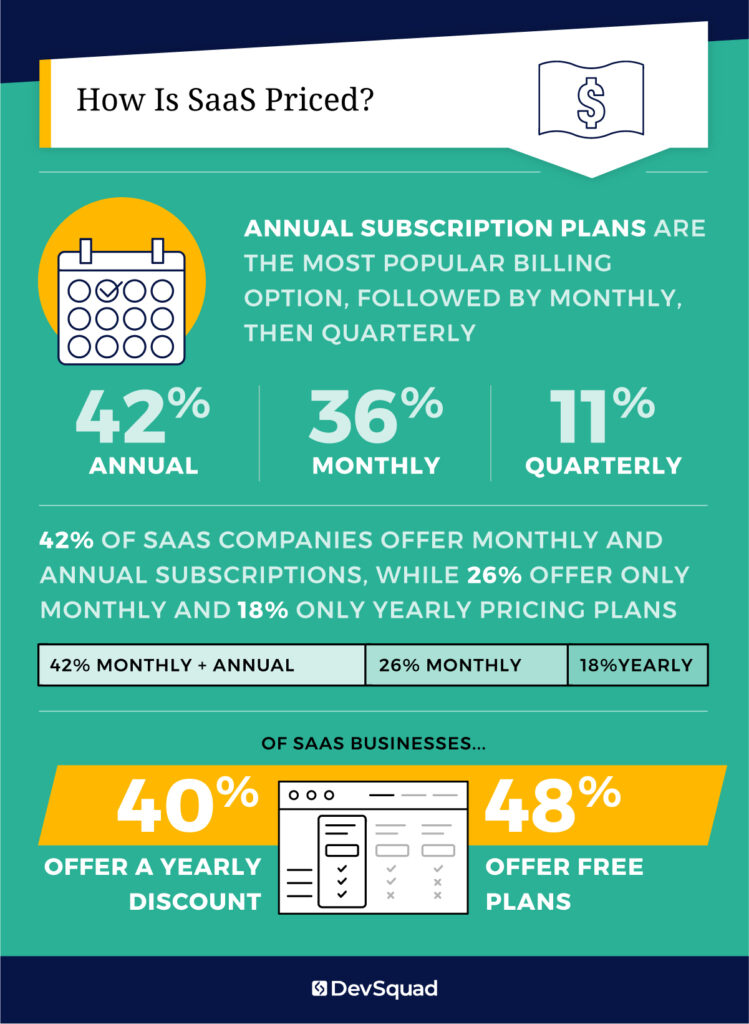
Other business models, like ecommerce, don’t heavily rely on customer retention as they usually don’t have subscription-based pricing models.
So, SaaS customer retention is crucial as the business model relies on it heavily.
10 SaaS Customer Retention Best Practices
Retaining customers isn’t as simple as it seems. It is difficult to retain a customer as opposed to acquiring a new customer. However, customer retention is the backbone of your SaaS company as it is linked to profitability and exponential growth.
Here’s a list of the best practices and techniques to boost your SaaS company’s retention rate:
1. Set Clear Expectations
Setting clear expectations about your product ensures customers get what they signed up for. When the actual product differs slightly or significantly from what’s being advertised, it leads to churn.
You need to make sure that you pitch your software accurately to your target audience. Set clear expectations without unnecessary hype.
Here’s an example of how to set clear expectations by Asana. It highlights how it helps marketing, IT, and other teams by listing the top benefits:
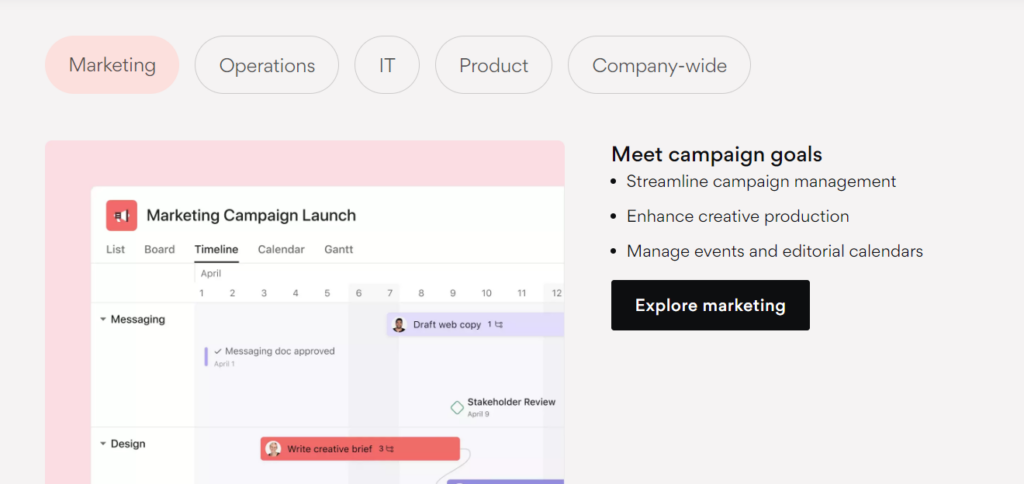
It also showcases its USP that makes it different from competitors:
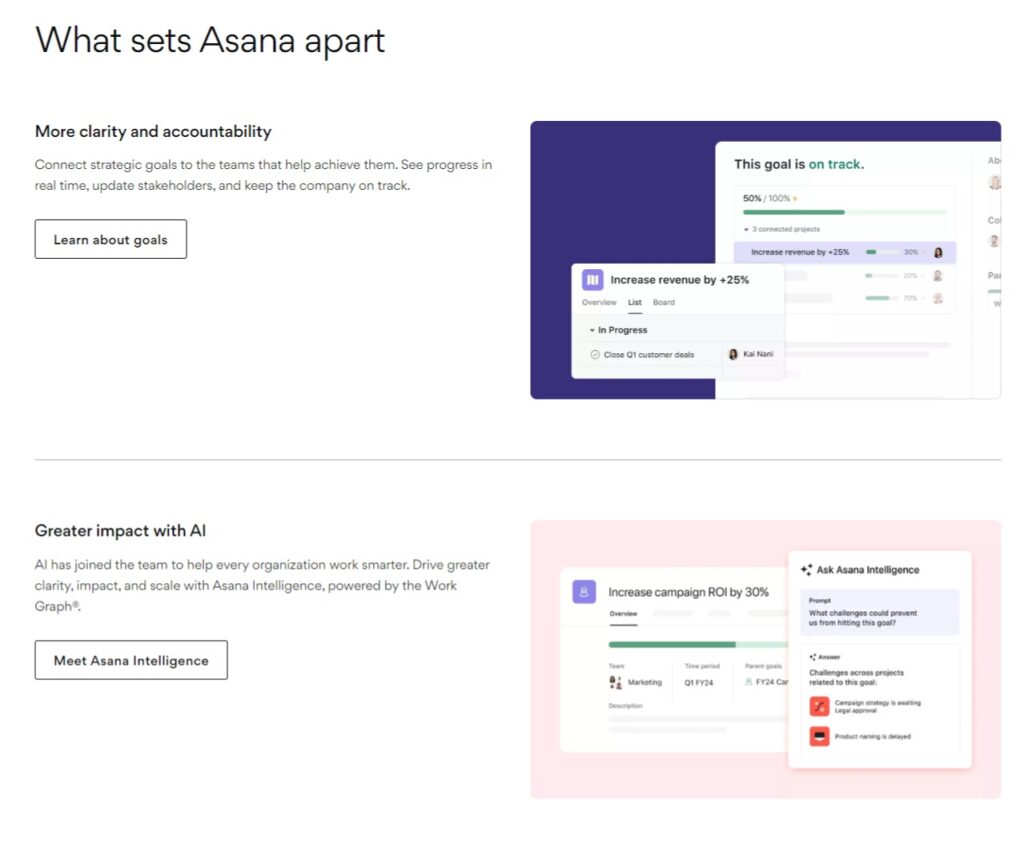
A simple but highly effective way is to underpromise and overdeliver. This makes people stick with your app. If you do the opposite (set high expectations then underdeliver), it leads to a high churn rate.
Follow these guidelines to set clear product expectations to reduce churn:
- Create well-defined landing pages for your product
- Make sure the landing page and ad copy (or traffic generation source) are highly relevant to each other
- Highlight the key benefits of your software and clearly explain what it does
- Avoid hype and overpromises in ads and landing pages
- Use simple, understandable language to communicate key benefits
- Avoid jargon and terminologies that are hard to understand that might create confusion.
2. Create Exceptional Onboarding
Setting the right expectations upfront might still lead to a high churn rate if users don’t know how to use your app and how to get value from it.
Poor onboarding is the biggest reason why people stop using software because they don’t know how to use it properly:

SaaS onboarding is the process of introducing the software to new customers/users and educating them on how to use the software. It plays a major role in customer retention and customer loyalty. A study reported that 85% of SaaS executives are of the view that successful customer onboarding is a major contributor to long-term customer loyalty.

Here’s an example of the SaaS onboarding process in action by Growth Mentor. It uses a checklist and gamification to guide users to complete initial tasks that’ll help them get started immediately:

Here’s an onboarding sequence by Evernote that highlights key benefits before the signup process. It is another onboarding approach to make it easy for users to use your software:

You can educate and provide support to the new user during the onboarding process. The best part is that once users know how to use your tool, they are more likely to stick with your brand.
Use this 5-step approach to create an appealing onboarding process for your SaaS to improve customer retention rate:
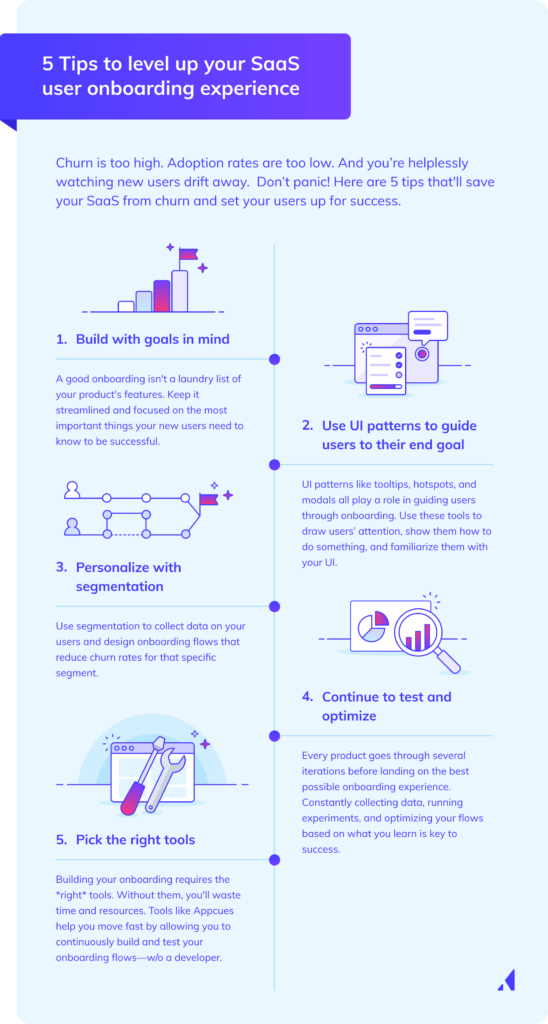
- Set clear onboarding goal that should ideally be focused on helping users achieve success with your app
- Show users how to do it instead of telling them
- Use a personalized onboarding sequence. If you target multiple buyer personas, make sure you have a separate onboarding process for each of them
- Collect data and continue to tweak and optimize the process
- Get access to the right apps.
3. Help Customers Achieve First Success
Research shows that customers who achieve early success with a software are more likely to retain while those who don’t achieve first success right after acquisition churn.

First success refers to achieving a major milestone that helps customers derive value from your software (the reason why they signed up in the first place). They should get the first success right after signing up which leads to a high retention rate.
Understanding the customer journey for SaaS is crucial as it helps you help users achieve first success at the right time:

Achieving first success (also known as aha moment) should ideally be a part of the onboarding process. When users register, the first thing they should do is complete a core task that gives them a sense of accomplishment and they get value from your product.
Canva, for example, found its aha moment to be when a new user creates a design using a template. This is the moment the user knows how to use Canva and is least likely to leave. Canva has embedded its aha moment in the onboarding sequence where it teaches you how to create your first design:

The idea is to educate new users to perform a core task that realizes them the value of your product, so they stick with your app.
Finding the first success that makes new users stick with your app and increases engagement is a task that requires a lot of experimentation. The first success should:
- Be a core task that helps users extract value from the product
- Give users a sense of accomplishment
- Be completed right after the signup and must be embedded within the onboarding sequence.
You might have to experiment with multiple first successes before you can identify the one that works best in terms of customer retention.
For example, if you have a project management app that offers a wide range of features. You need to identify the most prominent features and embed each of them into the onboarding sequence one by one and see which works best.
Personalization plays a key role here.
For example, a user who subscribed to your project management software through a landing page that presells collaboration as the major feature, this user should complete a collaboration-related task in the onboarding process to derive value.
4. Personalized Experience
Personalization isn’t necessary during onboarding and achieving first success, rather it should be a part of the interface. As much as 14% of users churn due to bad user experience. You should make sure that the experience customers get is top-notch.
After achieving the first success with your tool, customers need to get value at every step consistently – that’s how you can retain them.

Customer success and personalization shouldn’t stop after the first success.
ClickUp lets its users customize menu items based on how they want to use the app:

Here’s a list of different ways to improve the personalization of your SaaS to boost customer retention:
- Understand user needs and offer them what they want without distractions
- Customize the interface based on different buyer personas instead of using a general all-purpose interface for everyone
- Allow users to customize UI based on their requirements
- Provide in-app guidance to the users so they can get value easily from your product
- Collect user feedback to find your weaknesses and strengths in the UX
- Offer customer services in multiple ways including live chat, help guides, email support, and more
- Use demographics and other variables for personalization such as user location, purchase history, engagement level, etc.
- Keep tweaking interface and product features based on data to improve personalization.
5. Create a Loyalty Program
A formal loyalty program for a SaaS company is the best thing you can do to improve customer retention and repeat orders.
Research shows that loyalty programs increase retention rate by 84%, members of rewards programs generate 12-18% more revenue per year, and more than 50% of loyalty program members recommend brands to their friends and family.
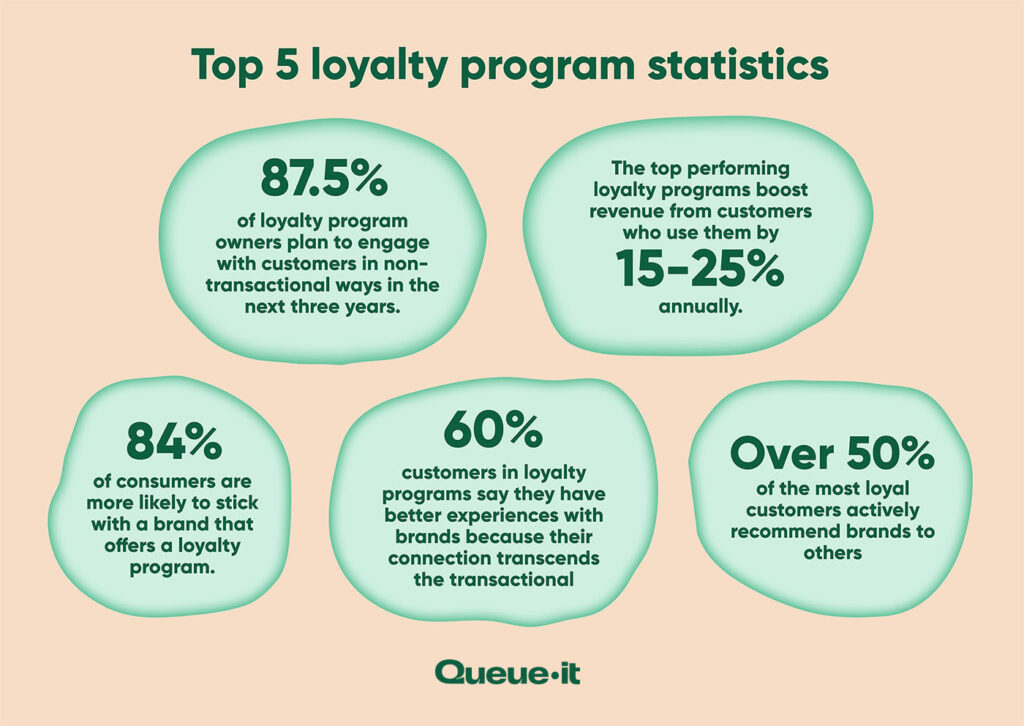
A loyalty or rewards program is a strategy to encourage existing customers to stick with your brand and buy again to get discounts or other rewards. Since it delivers discounts and lower fees, a whopping 7 out of 10 people say that a loyalty program is a major factor in sticking with a company.
Here’s an example of a rewards program by Box that encourages users to complete tasks to unlock free trials and upgrade their membership:

Customers develop emotional commitment and stick with your brand once they are enrolled in the loyalty program. Here’s how it works:
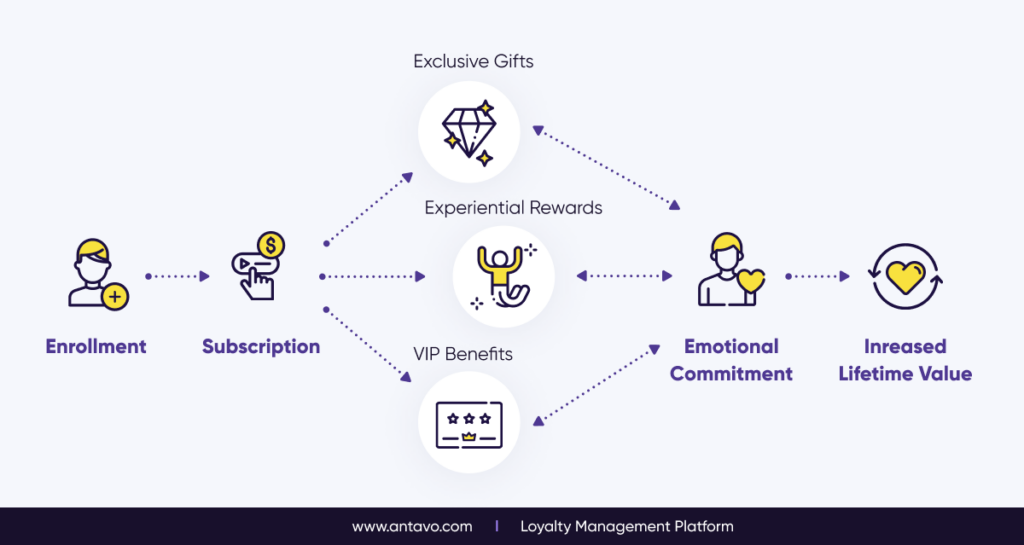
You need to offer incentives, benefits, and rewards that your customers value. Superficial rewards that are offered for the sake of creating a loyalty program won’t work. The idea is to develop emotional appeal and hook customers to improve retention rate.
A reward program is ideal for boosting SaaS customer retention rate and it works great for businesses of all sizes. Follow these best practices when creating a loyalty program for your SaaS company:
- Have a well-defined structure for the rewards program
- Identify meaningful tiers
- The rewards and incentives should offer a high value that your customers crave for
- Make it challenging for the users to move from one level to the next. Don’t keep it too simple
- Use gamification and personalization to improve UX
- Promote the rewards program and make sure both new and existing customers know about it
- Experiment with the incentives, tiers, and other factors to optimize your loyalty program.
6. Build Relationships with Customers
Poor customer relationships are the second leading cause of customer churn. Around 19% of customers leave a company due to a bad relationship.
Customer relationship refers to methods and techniques that a company uses to interact with its customers. It includes customer services, customer engagement, and all other types of customer interactions throughout a customer’s journey.
Here’s a basic customer relationship model that’s ideal for SaaS businesses:

- Set clear customer relationship management goals and ensure they are aligned with your business strategy
- Collect and consolidate customer data through the CRM tool
- Segment customers based on variables that are important for your SaaS such as engagement level, average order value, etc.
- Setup a system to personalize all types of customer interactions across all channels
- Monitor your strategy and tweak it when needed to improve customer-business relationships.
Follow these guidelines to improve customer relationship strategy:
- Improve the customer services department as it plays a major role in defining and sharing relationships with your customers
- Regularly get feedback from customers, especially those who leave your company. It will help you find issues so you can fix them and avoid churn
- Follow-up with customers across all channels as quickly as possible
- Leverage automation and AI and offer customers self-service options where they can find solutions to common problems themselves through self-service portal or AI chatbot
- Be available on all the leading platforms that your ideal customers use including social media, niche forums, Reddit, Quora, and other platforms
- Engage with your customers via email. Targeted, personalized emails work best for building and nurturing relationships
- Use a CRM tool to manage customer relationships. It is a must-have for your SaaS business.
7. Offer Upsells
Upselling and cross-selling play a pivotal role in boosting customer retention for SaaS businesses. A company generated $89K in revenue in one year after strategically implementing upsells and cross-sells.
Upsells provide you with detailed insights into your customers’ preferences. You can identify patterns and figure out customer needs based on the products and services they are already using.
A study reported that upselling increases customer lifetime value by a whopping 20% and increases customer retention by 75%:

You need to develop an upselling strategy for SaaS customers with an aim of retaining them. This means the upsells should be data-driven and not just random features and products.
The problem with SaaS businesses is that they usually have a single software to sell and it gets hard to offer upsells. Cross-sells are usually out of the question.
For example, a customer who has already subscribed to a subscription plan and has access to your software is least likely to be impressed with mediocre upsells. Consider Slack, for instance. It offers 4 plans including a free plan to its customers:
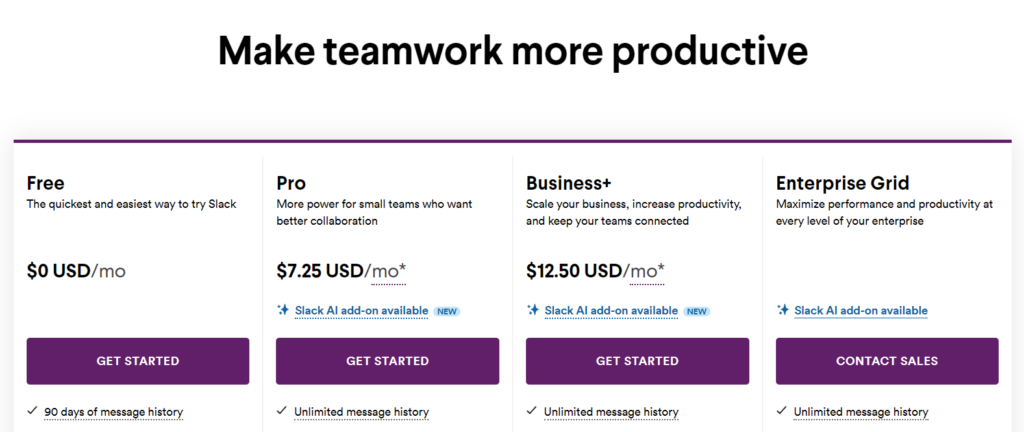
The scope of offering upsells is quite limited for Slack. The best it can do is offer discounts on its paid plans for a limited time (which it does) and offer advanced features at a low cost.
Most SaaS businesses offer annual subscription discounts as an attractive upselling option. Here’s an example:

Offering massive discounts for annual subscription plans is a proven upselling strategy for customer retention. You get customers for at least one year and that means a lot, especially for B2B SaaS businesses. Most clients don’t switch to another software company after sticking with one for a year because it gets too complicated and technical to make the shift.
Annual subscription pricing discount works equally well for B2C SaaS companies and helps you retain customers.
Follow these additional guidelines to use upsells to increase customer retention rate:
- Develop an upselling strategy with a focus on optimizing the retention rate
- Create more than one upselling offers
- Use data for segmentation, targeting, and understanding customers and how different segments respond to upselling offers
- Don’t give all the upsell rewards and features to the customers instantly rather distribute them over a period of time to keep them hooked.
8. Update Your Product
Do you add new features to your software? How often do you update your app?
You have to constantly update your product to retain customers. SaaS is a rapidly growing industry that changes too quickly. AI, for example, reshaped most SaaS businesses as AI and software go hand in hand. Most of the SaaS businesses were quick to incorporate AI.
Canva, for example, added an AI image generator, AI art generator, AI design tool, AI photo editor, and several other AI tools in 2023-24 to retain customers:
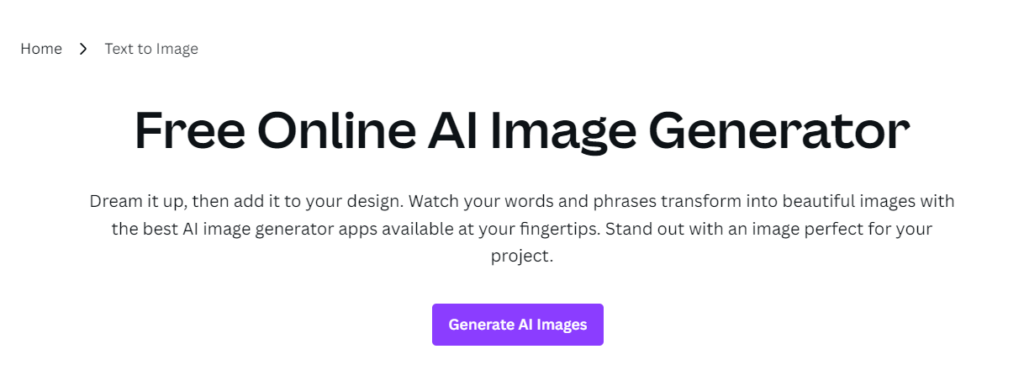
It was the right move by Canva as it didn’t want its customers to switch to other AI image generator apps that are getting very popular. It introduced a bulk of AI features in a short span of time to retain its customers and the good thing is that most of these features are available for free.
Adding new features and updating your SaaS product is essential to retain customers.
A decent idea is to switch customers to the beta version of your app by giving them early access to new features. It has two major benefits:
- You can retain customers as they will always have something new to try before it gets public
- You can test new features and product upgrades.
So, you should continuously upgrade your app and enroll customers in a beta program to retain loyal customers.
9. Get Customer Reviews
According to a Gartner study, 60% of software buyers regret their purchase decision in 12-18 months and eventually churn. Gartner recommends getting customer reviews and having product demos and trials work best for retaining SaaS customers:
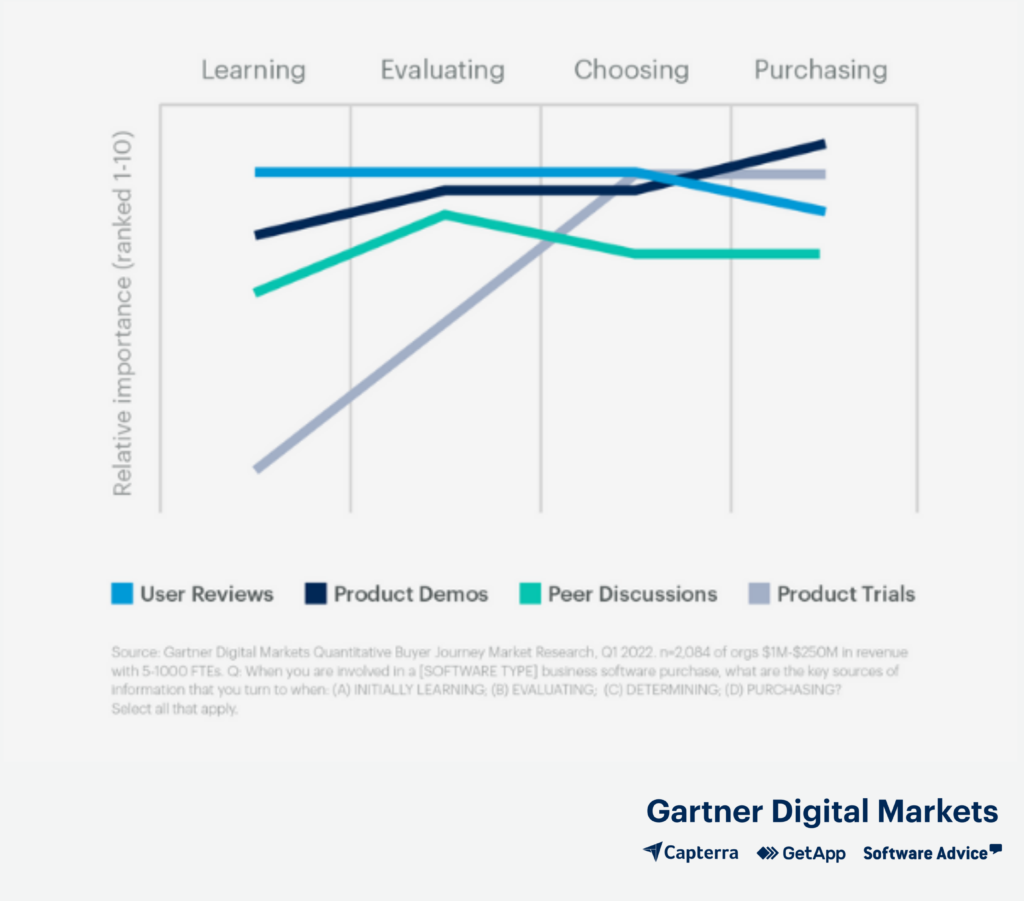
Software comparison sites like Capterra and GetApp play a crucial role in purchase regret. When software isn’t listed on comparison and review sites, the purchase regret increases up to 64%.
Having customer reviews on third-party sites and offering product trials and product demos significantly reduces purchase regrets and leads to high customer retention. This is because it helps potential customers set the right expectations about your app.
This is a reason a lot of SaaS companies offer a free product demo to potential customers so they can test their tool before buying it. This ensures that only interested customers are onboarded who are most likely to stick with your brand.
Here’s what you should do to reduce purchase regret:
- List your SaaS company on leading software comparison and review sites
- Publish reviews and detailed customer testimonials on your site and other channels
- Offer free trials and product demos to potential customers
- Publish product demo videos on YouTube, social media, and your website to set clear expectations upfront.
10. Collect Feedback
No matter how hard you try, customer churn is inevitable. You can’t stop it. What you should do is collect feedback from customers regularly, especially from customers who are about to leave you.
That’s the time when you’ll get honest feedback that’ll help you identify and fix your weaknesses.
Feedback in the form of surveys and interviews is essential. It gives you insights into what’s working and what doesn’t.
Here are a few ways to collect feedback from customers:
- Run NPS and CSAT surveys at the right touchpoints
- Ask customers to rate a feature right in the app
- Send targeted survey questionnaires via email
- Send multiple follow-ups to customers for data collection
- Offer incentives to customers for participating in surveys and interviews
- Conduct in-depth interviews with top customers to identify loopholes.
The important part of customer feedback is taking necessary action based on the feedback. Don’t collect data for the sake of it, rather use it to improve your product and services. Use this 4-step feedback loop to develop your strategy:

Implementing and informing customers of the changes are the two essential steps that most SaaS businesses ignore. The only way you can improve customer retention is when you take appropriate action based on user feedback. Else, it is of no use at all.
Final Words
Customer churn and retention rate are the two most important metrics for any SaaS business. You need to track and monitor both to ensure you have enough customers.
The retention rate of your SaaS should always be lower than the churn rate for a profitable business model.
The techniques and best practices covered above will help you retain customers and grow your SaaS business while minimizing churn. It all comes down to understanding your customers and their needs. If you know your audience, it all gets easier.
Connect with your customers, build relationships, and transform your business model and product based on user feedback. That’s the key to a high retention rate.
Featured Image: Pexels



